What and how to feed cucumber seedlings?
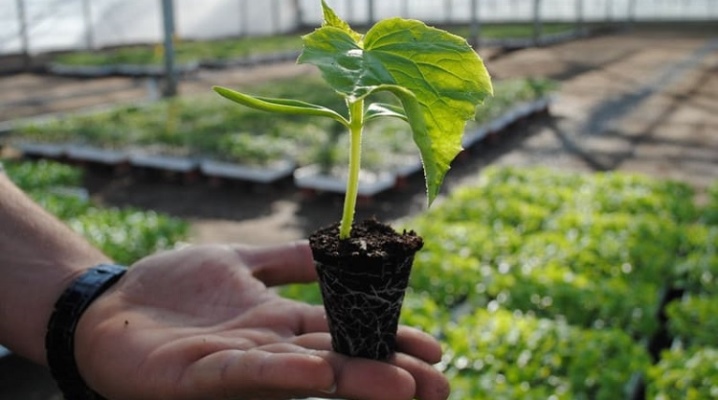
The first step in growing cucumbers is taking care of the seedlings. During its nursing, it is important to ensure light, temperature conditions and the presence of all nutrients. It is important to understand all the principles of feeding so that the cucumbers germinate well. Some of the nutrients are put into the soil during its preparation. However, as the seedlings develop, the composition should be updated.
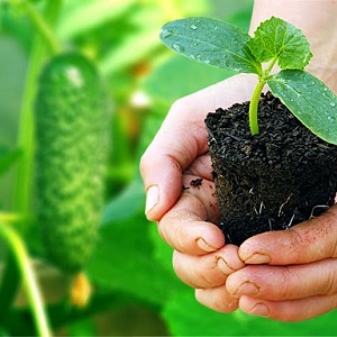

Timing and frequency
You need to feed the seedlings of cucumbers only 3 times before planting in open ground. If a greenhouse plant is used, more proactive measures may be needed. So, weak seedlings are fertilized every 14 days.
Approximate fertilization scheme.
- When the first leaves appear, it is recommended to use only aqueous solutions. Organics can get to the plant during morning or evening watering. Usually the first 2 leaves appear in 10-14 days.
- After another 2 weeks, you can repeat the feeding. During this period, a double dose of organic matter is introduced. At the same time, it is important to make sure that the fertilizers do not come into contact with the green part of the seedlings. Otherwise, the leaves will burn. All complementary foods are intended for the roots.
- The third time you can fertilize the seedlings planted in the ground. It is during this period that the plant experiences the most severe stress. After 5 days, the soil should be enriched with a weak solution of potassium permanganate. When planting, it is important to monitor the condition of the soil.
- Subsequent fertilization is applied at intervals of 10-15 days.
There is no point in starting bait earlier. Young seedlings during this period are still too weak and simply will not be able to assimilate useful substances. Numerous experiments indicate that even in sterile soil, cucumbers can live peacefully until the first leaves appear. At this time, the plant feeds on the reserves that are in the seeds.
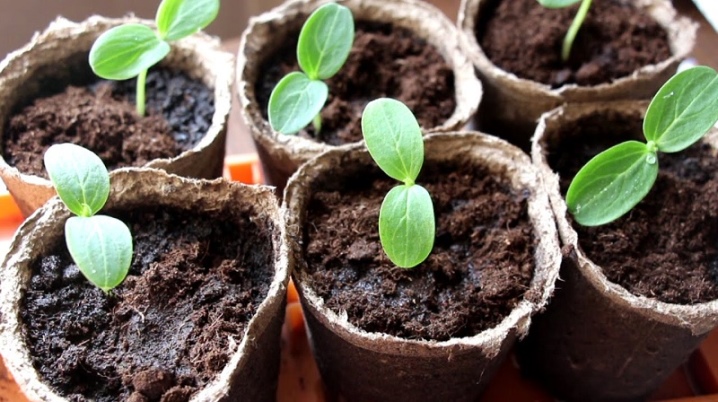
Some gardeners even believe that it is necessary to feed the cucumbers during the formation of the third leaf. By this time, the root system is already more developed, the plant can absorb the necessary substances.
The standard bait scheme is relevant for cucumbers that develop normally. For weak plants, useful components can be introduced according to the following system:
- after shoots of buds;
- when the plant bears fruit;
- when the foliage turns yellow;
- if yellowness appears on the fruit;
- with a sharp cold snap.
Root dressing is the simplest and most common. However, you can fertilize cucumbers in another way. Foliar fertilization is applied while resting between root dressings. Enough 2-3 sessions per season.
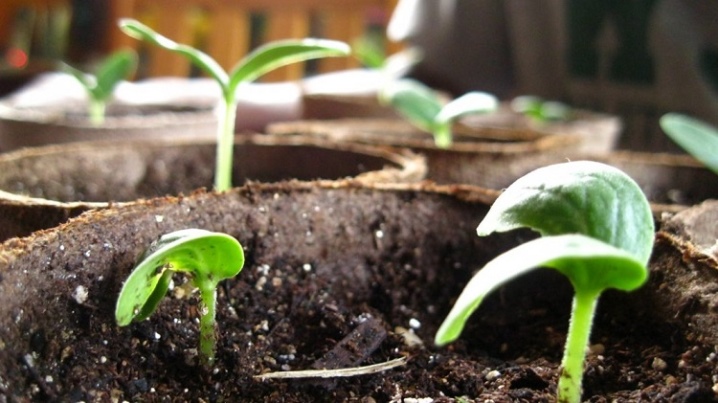
What can you feed?
Seedlings need useful trace elements in order for them to be strong and able to survive in the open field. You can use ready-made phosphoric mixtures, complex preparations or biofertilizers. A standard formulation is usually used, but if the plant is already weakening, then action should be taken.
The lack of any substances always affects the quality of the cucumber crop. So, with a lack of nitrogen, the fruits will be cone-shaped. Lack of calcium will lead to the death of the ovaries, and if there is little potassium, then the greens will turn out to be disfigured. Cucumber seedlings can be fed by root and non-root methods, depending on the characteristics of the fertilizer.
It is easier to introduce complementary foods under the root after the first permanent leaves appear. It is better to do this in the evening after the last watering.Foliar feeding is used in cases where the root system cannot absorb all the nutrients. At the same time, the fertilizers themselves can be taken ready-made or use biofertilizers made at home.
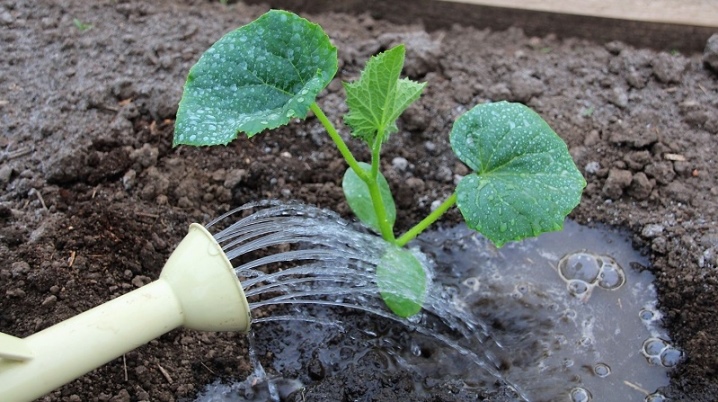
Nutrient substrates
Buying a special soil allows you to grow seedlings with minimal effort. At first, the plant will not be fed from the substrate, but will use up the supply of substances from the seed. However, during the growth and release of leaves, it will begin to feed quite actively. Special soil will greatly facilitate maintenance and will guarantee good germination.
Any soil substitute can be used as a substrate. It is good and easy to work with mineral wool, sawdust, coconut fibers, sand. Before starting the formation, it is necessary to process the material so that there are no pathogenic microorganisms in it. Then the substrate is impregnated with useful substances.
Basic properties:
- maximum hygroscopicity;
- optimal ratio of nutrients;
- acidity in the range of 6.4-7;
- looseness, breathability.
There are also purchased soil mixtures that are designed specifically for growing cucumber seedlings. You should not use a peat substrate. This component can stop absorbing water, which will lead to drying out of the cucumbers. It is much better to use your own substrate.
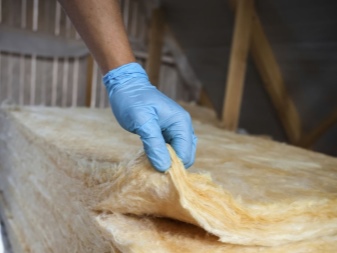
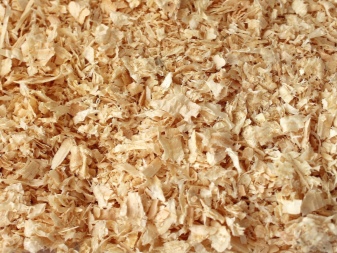
Complex fertilizers
Cucumber seedlings that grow on the windowsill can be fed in this versatile way. Complex formulations are good because all the components in them are already balanced. Mixes are usually sold as liquids, making use as easy as possible. Usually, the composition contains standard components: nitrogen, phosphorus and potassium, as well as additional micro- and macroelements.
The complexes are best suited for those with no experience in growing seedlings. So there is no risk of making the mixture insufficiently nutritious for the cucumbers. The balanced composition allows you to fully meet all the needs of the culture.
The most popular complexes:
- "Kemira universal";
- Agricola;
- "Ideal";
- "Breadwinner";
- Ecosil;
- Kemira Lux;
- "Effecton".
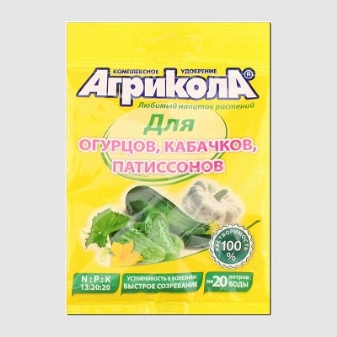
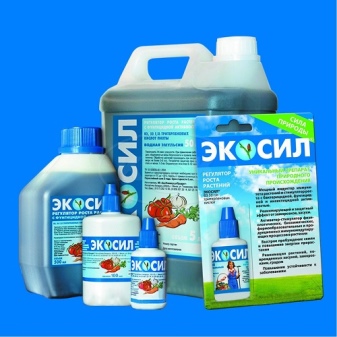
These mixtures are convenient to prepare. It is enough to dilute the composition according to the manufacturer's instructions and fertilize the seedlings according to the scheme. Complex fertilizers allow you to grow good, large cucumbers with minimal effort. Additionally, there are formulations with nutrients. Usually there are ammophos, potassium nitrate and nitrophoska. These substances are best suited for cucumber seedlings. During the second and third feeding, the amount of fertilizer is doubled.
Additionally, the necessary components are introduced by the foliar method: the plant should be sprayed. During active growth, it is better to use mineral complexes. Such as "Kemira Lux" and nitrophoska are well suited. During the third bait, you can use your own compositions.
The simplest and most effective recipe.
- Take 10 liters of clean water.
- Add 10 g of potassium sulfate salt, stir. It is important not to confuse it with chloride! The latter will ruin the seedlings.
- Add 40 g of superphosphate. Stir well.
- Put in 15 g of urea. To stir thoroughly. This amount of solution is enough for 2 m² of cucumbers.
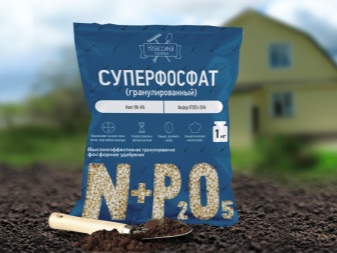
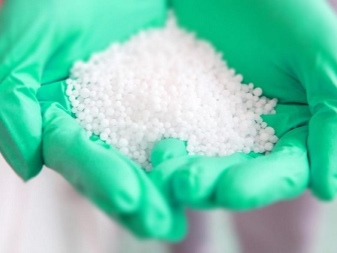
Organic
You should not use manure for cucumbers - the risk of making a mistake with the dosage is too great. The heat generated by the slurry can seriously harm young seedlings. However, you should not be afraid of organic fertilizer, you just need to choose the right one. The use of bird droppings is quite effective. As organic matter, saltpeter or potassium sulfate is introduced. In the first feeding, it is better to combine such fertilizer with mineral fertilizer. So, superphosphate can be combined with rotted humus.
It happens that there is simply no ready-made organic matter. In this case, you can use a simple and quick recipe: add 8 g of potassium sulfate, 14 g of superphosphate, 7 g of ammonium nitrate to a bucket of water.You can put mullein or bird droppings in the solution, which has managed to ferment.
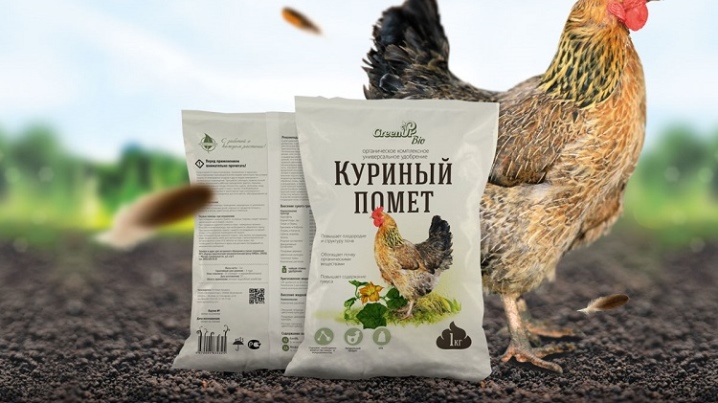
Folk remedies
Ash is considered a simple and versatile fertilizer. It contains a lot of useful potassium and phosphorus. Ash improves the development and growth of cucumber roots. Such fertilization additionally feeds the green part of the plant, which is located above the soil. Ashes can be placed in pits when diving cucumbers. You can also sprinkle it on the soil between the plants and water it as usual. Some even insist on ash, and then pour the resulting liquid over the cucumbers. In the latter case, you can also simply spray the seedlings. Ash treatments are performed every two weeks.
The use of iodine for cucumbers, which grows poorly, is no less effective. It has antiseptic properties and improves the development and growth of the plant. All varieties of cucumbers, without exception, can be processed with iodine. At the same time, there will be more fruits, they will be more useful, tasty and rich. There are specific indications for the use of iodine. It is necessary if there are almost no ovaries on the plant, the greens wither and begin to turn yellow, the bushes grow more slowly.
The easiest way is to add a little iodine to your watering water. True, it is often impossible to use the substance, otherwise the cucumbers will grow crooked.
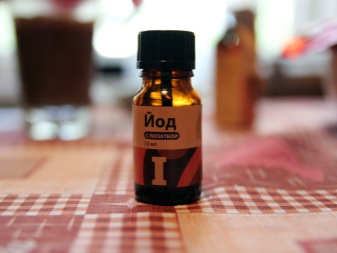
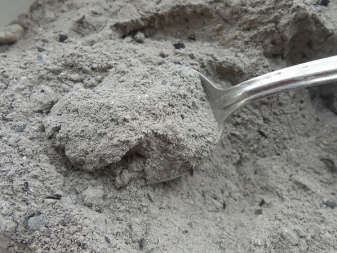
Other folk remedies for feeding cucumber seedlings.
- Already at the second feeding, boric acid can be introduced. To do this, you need to mix 1 liter of boiling water, 100 g of sugar and a teaspoon of the substance. Succinic acid can replace boric acid.
- Simple yeast is great for nourishing cucumber seedlings. Frequent use is unacceptable, but the result is always noticeable. Put 100 g of yeast on a bucket of water and infuse for 24 hours. Seedlings must be watered at the very root.
- Infusions of various weeds have a beneficial effect on cucumbers. Dandelions, nettles and similar plants are commonly used. Can be simply brewed and used for watering. Alternatively, the herbs are infused under the sun for 7 days, and only then are filled with water. This mixture must be diluted before feeding the seedlings.
- Plants can also be watered with hydrogen peroxide. The antiseptic accelerates the growth of seedlings. To prepare the solution, you need 2 tbsp. l. Mix ordinary peroxide with 1 liter of water. Both watering and spraying are allowed. Peroxide can be used on an ongoing basis. If you dilute this way, then the solution turns out to be very weak and simply cannot bring harm. It is worth giving up only if a white bloom begins to appear on the ground.
Pale and very weak seedlings need additional feeding. In fact, folk methods are no worse than purchased options. It's just that in the case of self-production of biofertilizers, you should act as carefully and carefully as possible. Wrong dosage can harm cucumbers.
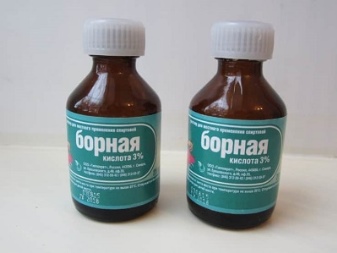
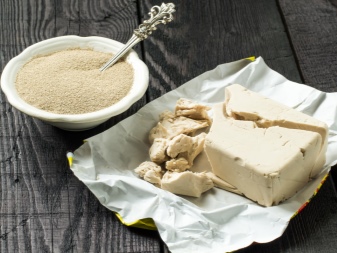
Basic rules for making
It is better to pour nutrient solutions under the root so that they do not come into contact with the stem. Usually they are completely poured on the ground between seedlings. Foliar dressing is always less concentrated, so it simply cannot harm the green part of the plant. Immediately after the introduction of the fertilizer, spill warm clean water.
It is important to combine root and foliar feeding to improve the result.
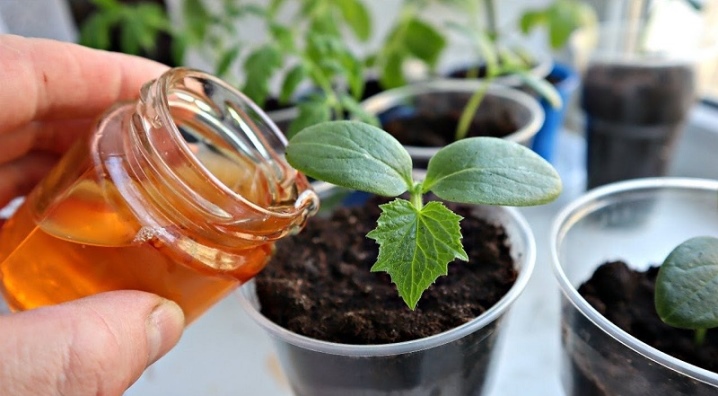













The comment was sent successfully.